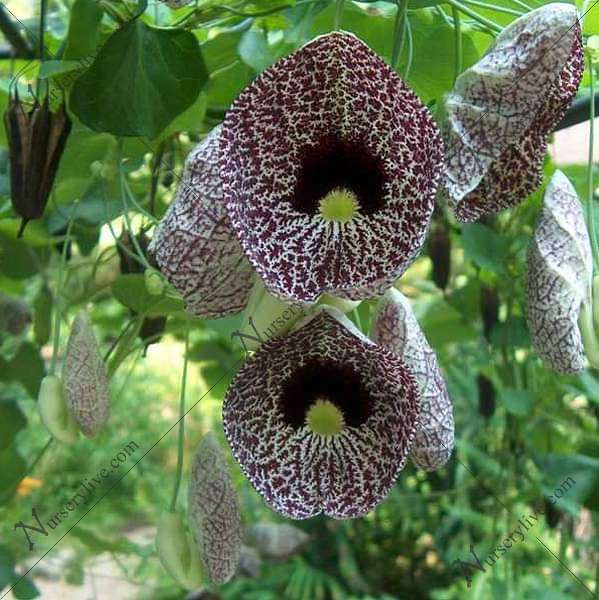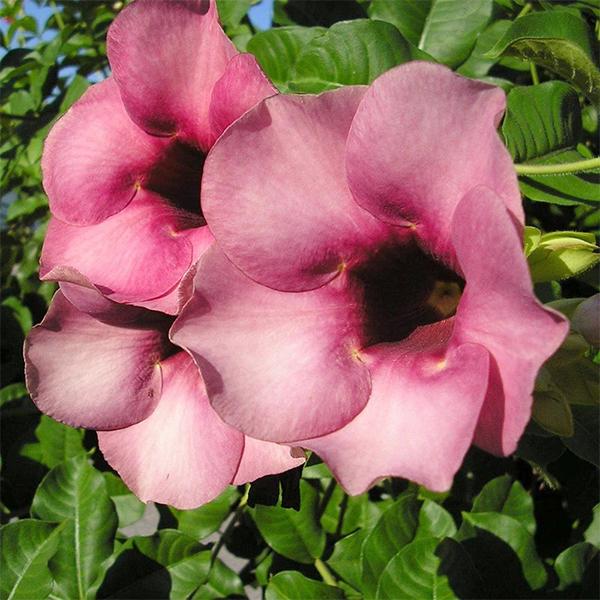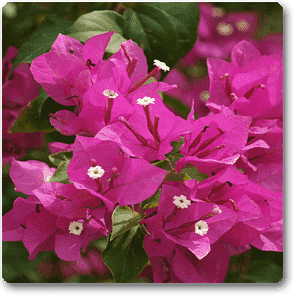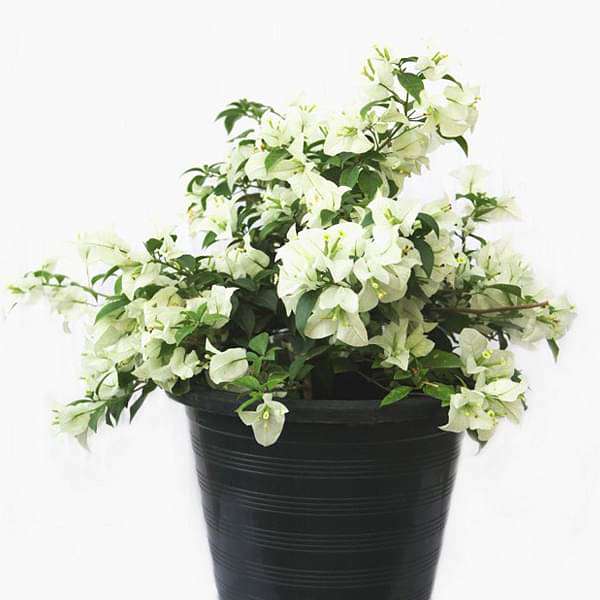Description
Honeysuckle, Sempervirens sulphurea (John Clayton) is a vigorous, deciduous, twining vine.Lonicera sempervirens is the scientific name. This is a twining vine that needs a support structure upon which to grow unless allowed to sprawl as a ground cover. Large, mildly fragrant, narrow, trumpet-shaped flowers are yellow-flowered variety. Oval, bluish-green leaves are glaucous beneath. It shows tendency to re-bloom.Plant Specifications*above specification are indicative only. actual dimensions may vary by +-10%
Common Name
Trumpet honeysuckle, Lonicera sempervirens f. sulphurea John Clayton
Maximum Reachable Height
Up to 12 feet
Flower Colour
Pale yellow
Bloom Time
May to June (sporadic additional bloom until fall)
Difficulty Level
Easy to grow
Planting and carePrune as needed immediately after flowering. Watch for powdery mildew, aphids, and leaf spots.Arrange and tie the stems onto the support.Water in well and keep well watered during the first year.Honeysuckle care
It can be planted at any time of year as long as the ground is not frozen or waterlogged. It grows best in humus, organically rich soils with good drainage. Easily grown in average, medium moisture, well-drained soils in full sun.
Sunlight
Full sun. It can tolerate partial shade.
Watering
Medium
Soil
Average, medium moisture, well-drained soil
Temperature
18 to 30 degrees C
Fertilizer
Use any organic fertilizer.
Honeysuckle special feature
Flowers. It attracts Birds, Hummingbirds, Butterflies.
Honeysuckle uses
Ornamental Use:
It is an excellent vine for trellises, arbors and fences






Reviews
There are no reviews yet.